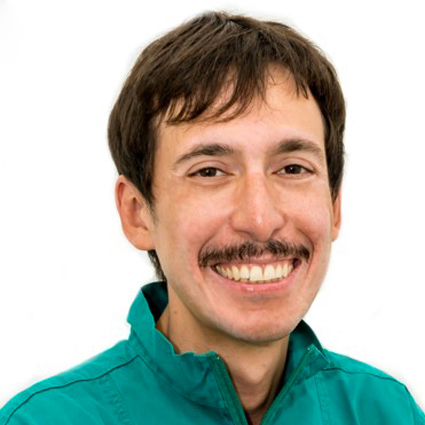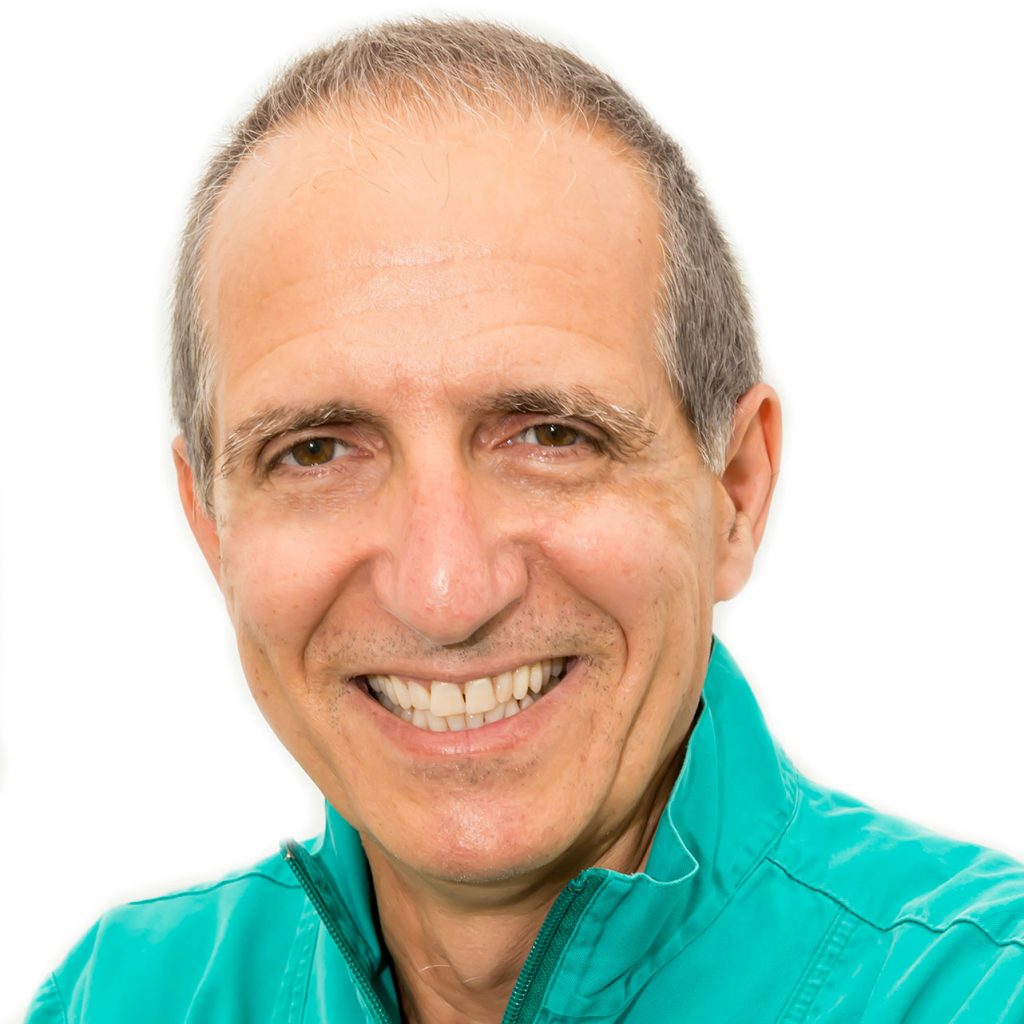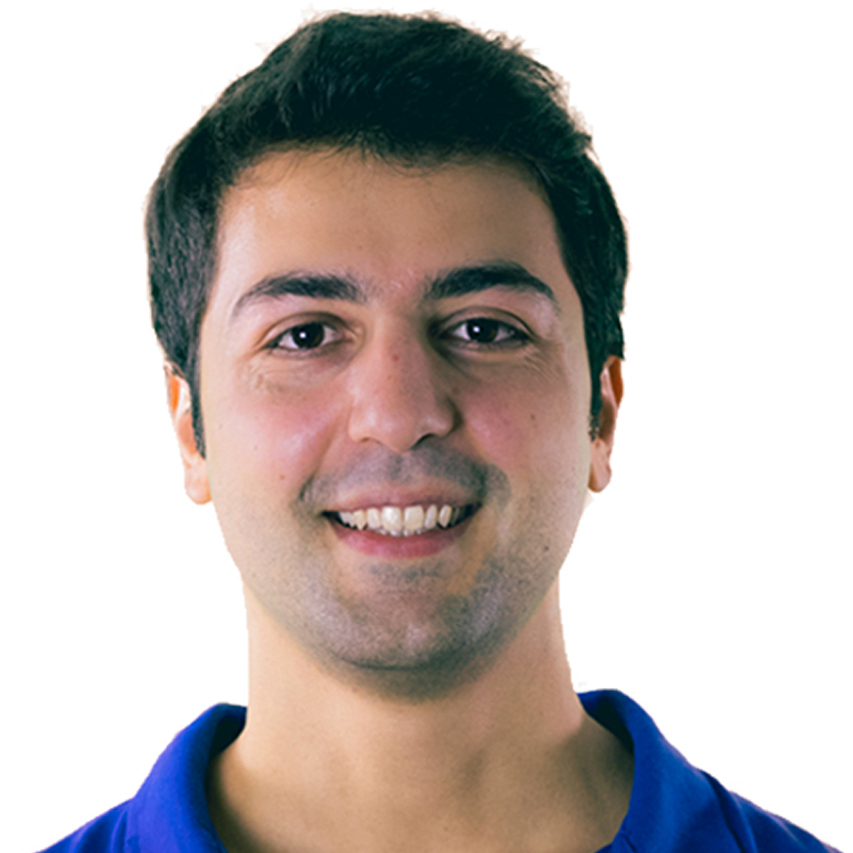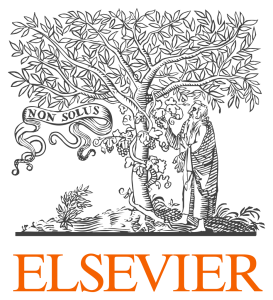Digital technologies are radically transforming the world of dentistry.
Today the workflows in surgery, prosthodontics and orthodontics follow a 4-step process, called #SCAN! – # PLAN! – # MAKE! – # DONE!
Digital
Technologies
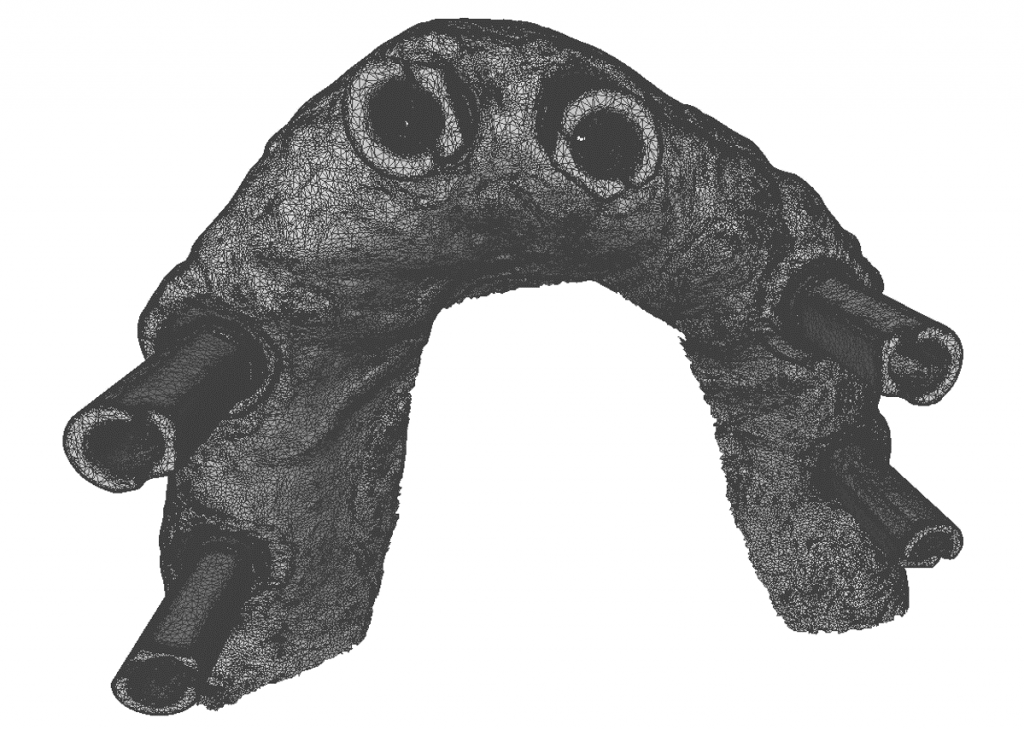
#SCAN!
Intraoral, desktop, face scanners, cone beam computed tomography (CBCT) and digital condylographs allow to acquire a series of three-dimensional (3D) data useful for patient virtualization. We therefore speak of Virtual Patient.
#PLAN!
The 3D information acquired with the scanners is loaded into computer-assisted-design (CAD) software, where it is possible to design useful tools or even implants for surgery (templates for positioning implants, guides for maxillary sinus elevation, custom-made mesh and scaffold for bone regeneration, customized implants for the rehabilitation of patients with severe atrophies), prosthetic restorations (crowns, bridges, arches) and customized orthodontic devices (aligners and more).
#MAKE!
All these devices are fabricated using computer-assisted-manufacturing (CAM) with milling machines and 3D printers, which allow to manufacture what has been designed. Once made by milling, rapid prototyping or laser melting, these devices are ready and can be delivered to the patient.
#DONE!
Finally, virtual reality (VR) and augmented reality (AR) together with artificial intelligence ( AI) open up fascinating new scenarios and applications in the world of dentistry.
In the light of these radical transformations, the dentist is faced with new challenges and must update his/her knowledge, in order to remain competitive, providing high quality services at low prices. The dentist must become digital!
Unfortunately, however, in the digital field, training is often delegated to the manufacturers of the devices, ending up being partial; or it is offered by academic institutions, which have a less practical orientation.
Digital Academy
In order to concretely learn the applications of digital technologies and the various Operational Protocols, it is necessary to be guided by professionals with solid scientific bases, who are deeply aware of all the clinical and laboratory steps, and who apply them in their daily practice, every single day.
Discover all courses#ZEROMICRONS COURSE
Duration: 9 days
Participants: no more than 8
Disciplines: digital surgery, digital prosthesis, digital orthodontics
INDIVIDUAL COURSES
Duration: 3 days
Frequency: on request
Typology: basic, advanced
Dentist specialized in Digital Prosthesis
Francesco Mangano
profile
Associate Professor at Sechenov University, Moscow (Russia) where he teaches Digital Dentistry. Editor, Journal of Dentistry. Founder, Member of the Board of Directors and President (2024-2025) of the Digital Dentistry Society. Author of over 140 international scientific publications and speaker at scientific conferences in Italy and abroad.
skills
Medical Doctor and Surgeon specialized in Digital Surgery
Carlo Mangano
profile
Researcher at the IRTEC-CNR of Faenza, founder of the first in the world Master in Digital Dentistry. Adjunct Professor at the Vita e Salute University, San Raffaele, Milan. Founder, Active Member and President of the Digital Dentistry Societ. Author of about 250 international and national scientific publications, and speaker at Scientific Congresses in Italy and abroad.
skills
Dentist specialized in Digital Orthodontics
Alessandro Mangano
profile
Associate Editor of DentalTech, Active Member of the Digital Dentistry Society. Member of the Italian Society of Orthodontics and Italian Society of Pediatric Dentistry. Author of about 50 international scientific publications.

